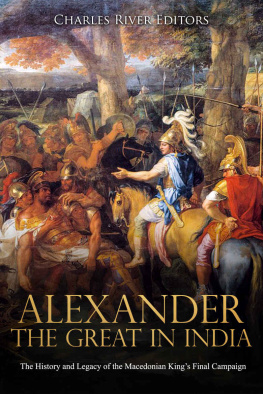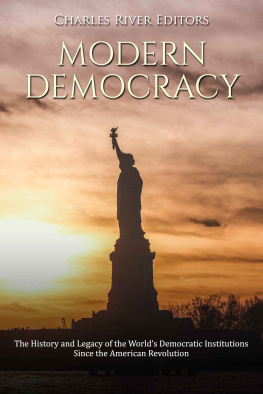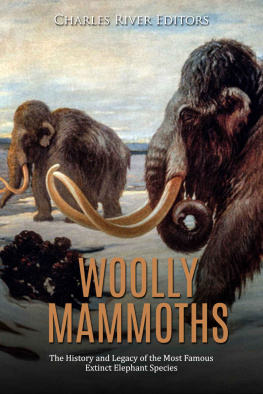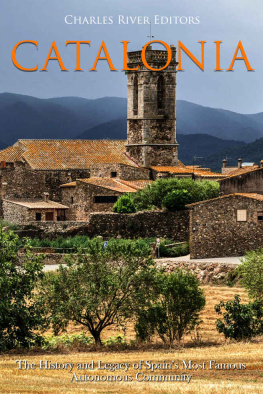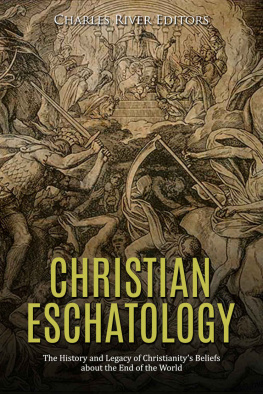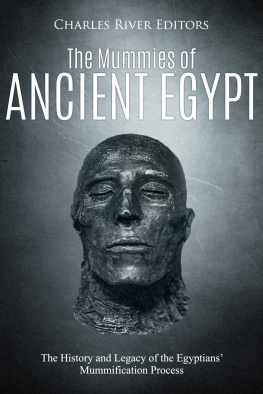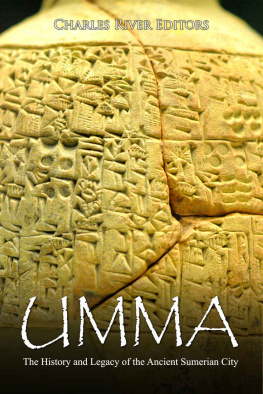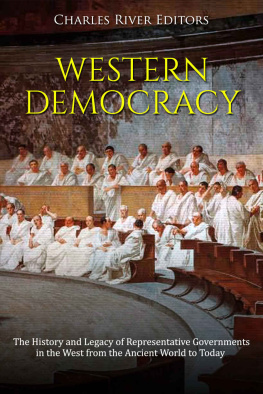Charles River Editors - Argentina: The History and Legacy of the Nation from the Colonial Era to Today
Here you can read online Charles River Editors - Argentina: The History and Legacy of the Nation from the Colonial Era to Today full text of the book (entire story) in english for free. Download pdf and epub, get meaning, cover and reviews about this ebook. year: 2020, publisher: Charles River Editors, genre: Politics. Description of the work, (preface) as well as reviews are available. Best literature library LitArk.com created for fans of good reading and offers a wide selection of genres:
Romance novel
Science fiction
Adventure
Detective
Science
History
Home and family
Prose
Art
Politics
Computer
Non-fiction
Religion
Business
Children
Humor
Choose a favorite category and find really read worthwhile books. Enjoy immersion in the world of imagination, feel the emotions of the characters or learn something new for yourself, make an fascinating discovery.
- Book:Argentina: The History and Legacy of the Nation from the Colonial Era to Today
- Author:
- Publisher:Charles River Editors
- Genre:
- Year:2020
- Rating:5 / 5
- Favourites:Add to favourites
- Your mark:
- 100
- 1
- 2
- 3
- 4
- 5
Argentina: The History and Legacy of the Nation from the Colonial Era to Today: summary, description and annotation
We offer to read an annotation, description, summary or preface (depends on what the author of the book "Argentina: The History and Legacy of the Nation from the Colonial Era to Today" wrote himself). If you haven't found the necessary information about the book — write in the comments, we will try to find it.
Argentina: The History and Legacy of the Nation from the Colonial Era to Today — read online for free the complete book (whole text) full work
Below is the text of the book, divided by pages. System saving the place of the last page read, allows you to conveniently read the book "Argentina: The History and Legacy of the Nation from the Colonial Era to Today" online for free, without having to search again every time where you left off. Put a bookmark, and you can go to the page where you finished reading at any time.
Font size:
Interval:
Bookmark:
By Charles River Editors
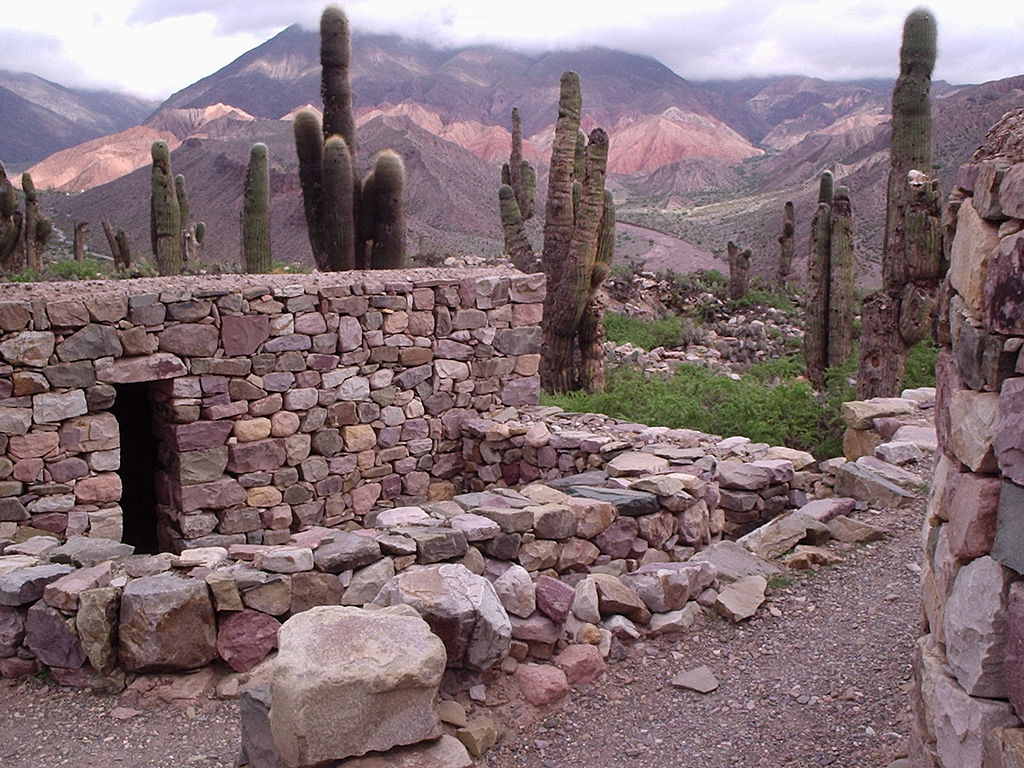
A picture of the ruins of an Incan fort

Charles River Editors is a boutique digital publishing company, specializing in bringing history back to life with educational and engaging books on a wide range of topics. Keep up to date with our new and free offerings with this 5 second sign up on our weekly mailing list , and visit Our Kindle Author Page to see other recently published Kindle titles.
We make these books for you and always want to know our readers opinions, so we encourage you to leave reviews and look forward to publishing new and exciting titles each week.
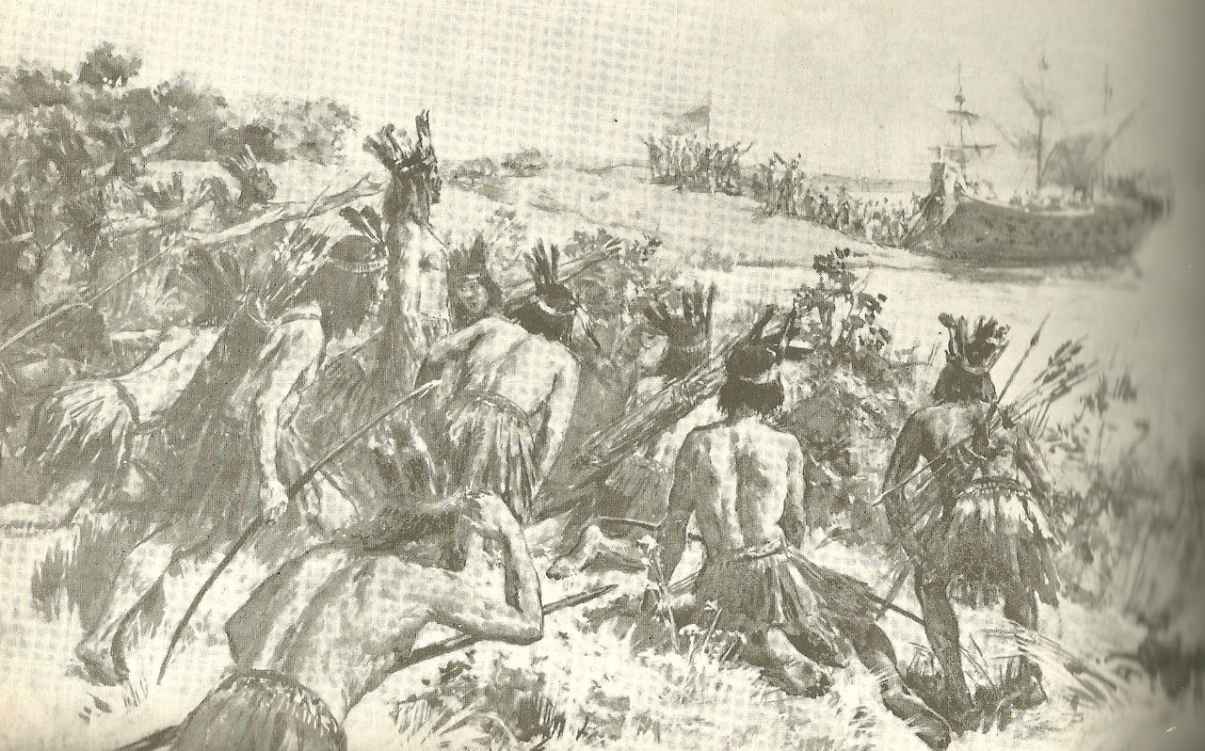
A depiction of the discovery of the Ro de la Plata by Juan Daz de Sols
It is a doctrine whose object is the happiness of man in the human society through the equilibrium of the material and spiritual, the individual and the collective forces. - Ral Mend, Justicialism: The Peronist Doctrine and Reality
By the time Christopher Columbus started setting east from the New World, he had explored San Salvador in the Bahamas (which he thought was Japan), Cuba (which he thought was China), and Hispaniola, the source of gold. As the common story goes, Columbus, en route back to Spain from his first journey, called in at Lisbon as a courtesy to brief the Portuguese King John II of his discovery of the New World. King John subsequently protested that according to the 1479 Treaty of Alcovas, which divided the Atlantic Ocean between Spanish and Portuguese spheres of influence, the newly discovered lands rightly belonged to Portugal. To make clear the point, a Portuguese fleet was authorized and dispatched west from the Tagus to lay claim to the Indies, which prompted a flurry of diplomatic activity in the court of Ferdinand and Isabella. At the time, Spain lacked the naval power to prevent Portugal from acting on this threat, and the result was the hugely influential 1494 Treaty of Tordesillas.
The Treaty of Tordesillas was one of the most important documents of its kind of the age, for it established the essential parameters of the two competing empires, the first of the major European imperial entities. The Treaty of Tordesillas drew an imaginary line from pole to pole, running 100 leagues west of the westernmost islands of the Azores. According to the terms of a supporting papal bull, all the lands to the west of that belonged to Spain, and all of those to the east belonged to Portugal. What this meant in practical terms was that Portugal was given Africa and the Indian Ocean while Spain was granted all the lands to the west, including the Americas and the Caribbean, all collectively known as the Indies, or the New World.
The Treaty of Tordesillas, however, contained an anomaly. Unknown at the time to its drafters, the treatys line cut across the westernmost brow of South America, more or less from the mouth of the Amazon to Porto Alegre, both in modern Brazil, meaning that everything to the east of that legally belonged to Portugal. This fact was only revealed in 1500 thanks to an expedition by the Portuguese mariner Pedro lvares Cabral. While en route to India, his expedition sailed in a wide arc in the mid-Atlantic searching for the trade winds and unexpectedly landed off the coast of the South American mainland. There was little the Spanish could do about it, and as a consequence, the vast Portuguese colony of Brazil was established in a region nominally claimed by Spain.
Perhaps inevitably, a regional rivalry had developed as the Portuguese began to establish a colony in Brazil and push its boundaries southwards. After the conquest of the Incas in the 1530s, the Portuguese threat prompted the authorization of a second expedition, commanded this time by Pedro de Mendoza with a force of some 1,500 men. The party arrived at the mouth of the Ro de la Plata in 1536, and there Mendoza founded the settlement of Nuestra Seora Santa Mara del Buen Ayre. This was the basis of the future city of Buenos Aires, but its establishment was not without resistance from surrounding tribes, marking the kind of conflicts that would shape the history and independence movements of Argentina over the next 300 years.
Until the 1930s, nationalism had always tended to be a phenomenon of the right-wing or the immigrant anarchists and Bolsheviks. Now, however, the emphasis shifted to the middle ground, and ironically, one of the issues driving Argentine nationalism was the outsized British presence in Argentine affairs, stoked recently by the preferential trade agreement. Perhaps most importantly, the seizure by the British in 1833 of the Islas Malvinas (or as the British termed them, the Falkland Islands) remained a sore point.
This wave of cultural nationalism was very different to the more visceral, political nationalism that came before it, and it gathered a considerable following in Buenos Aires among liberal intellectuals and the middle classes. The movement was given further impetus by the outbreak of World War II and the freezing of European markets, along with the British emphasis on the imperial preference as a means of saving foreign currency. Calls began to be heard for industries to be nationalized, for goods no longer imported to be manufactured at home, and for a greater degree of protectionism and self-sufficiency. At the same time, Argentinas neutrality during the war was punished by the United States, which excluded Argentina from a program of arming several Latin American countries. This struck the Argentine armed forces with a bout of the jitters in case they fell behind in matters of military preparedness.
After the tensions had mounted for over a year, matters played out precisely as Perns opponents had feared. By the final months of 1945, his popularity had soared, and it seemed inevitable that he would seize control of the military government if permitted to remain in power. His enemies organized a coup against him, arresting him on October 9 and stripping him of his ministries and titles, after which he was taken away from Buenos Aires and imprisoned on a small island controlled by the military. However, when the news of these events spread, his tireless work with the trade unions paid off, as these and allied organizations organized a mass rally in front of the Presidential Palace to demand Perns release. The rally attracted hundreds of thousands of supporters, making the military rulers realize that they were at risk of a full-scale revolution. The protestors refused to disband until Pern appeared free in front of them, and his captors finally relented, realizing how much more skillfully their nemesis had played his hand. Late on the night of October 17, Pern appeared on the balcony of the Casa Rosada, announcing to his cheering supporters that elections would soon be held.
Juan Pern won the February election with 56% of the vote, a commanding victory that gave him a free hand to pursue his policies, which sought a nationalistic drive for autonomy and economic power, as well as the creation of an expansive welfare state. It finally appeared as though Argentina had a strongman that might be able to hold onto power, but either way, it was now clear to most that there would be no going back. Pern, his policies, and the opposition to him would define the course of Argentinas history for the next several decades.
Font size:
Interval:
Bookmark:
Similar books «Argentina: The History and Legacy of the Nation from the Colonial Era to Today»
Look at similar books to Argentina: The History and Legacy of the Nation from the Colonial Era to Today. We have selected literature similar in name and meaning in the hope of providing readers with more options to find new, interesting, not yet read works.
Discussion, reviews of the book Argentina: The History and Legacy of the Nation from the Colonial Era to Today and just readers' own opinions. Leave your comments, write what you think about the work, its meaning or the main characters. Specify what exactly you liked and what you didn't like, and why you think so.










